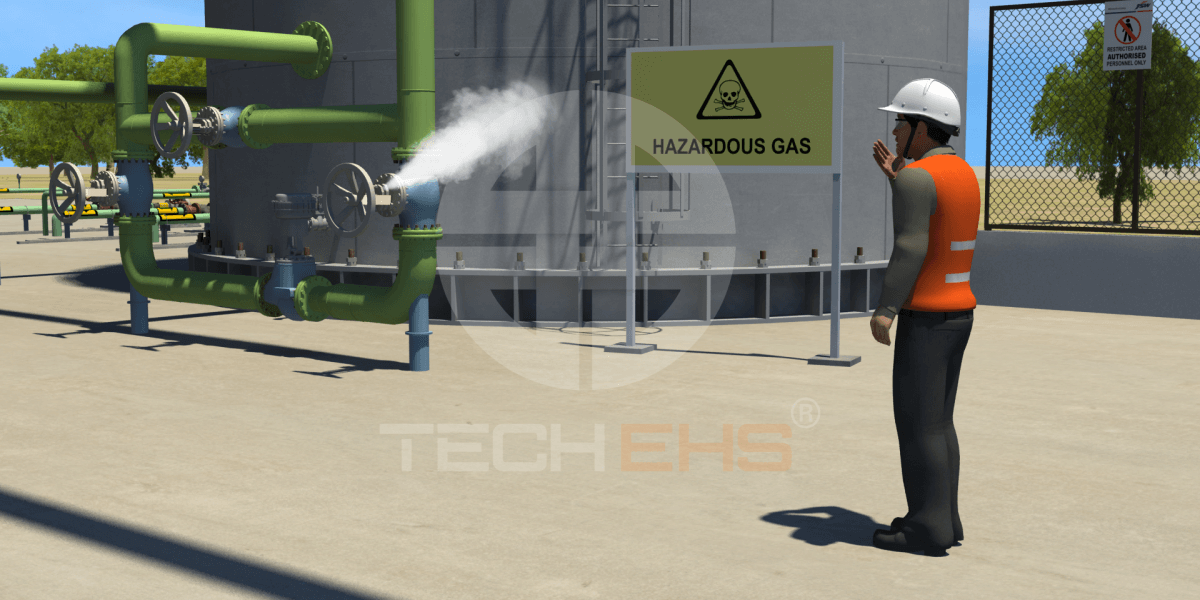
Table of Contents
Introduction
According to research by the Occupational Safety and Health Administration (OSHA), insufficient safety training causes 75% of workplace accidents. There has never been a greater need for engaging, high-retention training techniques.
So, how do we engage the learners and ensure they retain the information?
Presenting 3D simulation-based induction training!
It is a state-of-the-art method transforming how businesses train workers and ensure safety compliance. This 3D technology improves response time and knowledge retention. It allows workers to experience real-life hazards in a risk-free virtual environment.
This blog explores how 3D simulations set new safety, compliance, and workforce engagement benchmarks.
The Role of 3D Simulation in Induction Training
How 3D Simulations Work in Training
Workers can navigate virtual job sites in an immersive digital world created by 3D simulations. It helps them in the following ways:
Example: A new hire can rehearse a fire evacuation technique in a 3D training module without being at risk.
Key Benefits of 3D Simulation for EHS Compliance
Listed below are some key benefits that 3D simulation offers for EHS compliance:
Emerging Trends in 3D Simulation for Induction Training
Here are some emerging trends in 3D Simulation for induction training:
AI-Powered Adaptive Learning
Integration of VR and AR
Gamification for Enhanced Engagement
Real-Time Data Analytics
Remote and Accessible Training Solutions
Conclusion
3D simulations are transforming induction training. They provide realistic, hands-on experiences that improve safety and compliance. Businesses can ensure workers are equipped to handle workplace risks by utilizing AI-powered learning, gamified simulations, and real-time data.
Businesses that use 3D training solutions set the standard for workforce safety and operational excellence as the need for safer workplaces increases.


